WSN Timer Resolution Adjustment Based on UKF Approach
-
摘要:
在无线传感器网络(WSN)节点的无线电关闭期间,用以维护系统时钟的硬件定时器中断请求(IRQ)是微控制单元(MCU)能耗的重要来源,此时中断频率对WSN节点总能耗影响较大。该文提出一种基于无迹卡尔曼滤波(UKF)估计的时钟分辨率优化方法,根据协议的时间特性来切换中断高低频率。在休眠期间切换到低分辨率,需要唤醒时先通过UKF获得高分辨率计时开始时间的最优估计,再通过分辨率渐变的定时器中断的线性组合来进入高分辨率计时。对Tmote平台的ContikiMAC协议进行的仿真实验中,在无线电占空比(RDC)为0.53%的情况下,所提方法比原始协议总能耗下降28.85%。
Abstract:During the radio-off periods of Wireless Sensor Network (WSN) node, the timer Interrupt ReQuest (IRQ) which used to maintain the system clock become an important energy consumption source of Micro Controller Unit (MCU), thus the IRQ frequency has a great influence on WSN node total energy consumption. A timer resolution adjustment method based on Unscented Kalman Filter (UKF) approach is proposed, which switches high and low IRQ frequencies according to the characteristics of the protocol. Being at a low frequency during sleep period, if a node needs to switch to wake-up period, it will first obtain the optimal estimation of the start time of high resolution timing period by UKF, then enter the high resolution timing period after a linear combination of a group of gradual-changing resolution timer IRQ. The simulations of ContikiMAC protocol on the Tmote platform are conducted. When the Radio Duty Cycle (RDC) is 0.53%, the proposed method reduces the total power consumption by 28.85% compared to the original protocol.
-
表 1 不同中断频率时,Tmote-sky的MCU在待机状态的流耗
定时器IRQ频率(Hz) 时钟分辨率(ms) MCU流耗(μA) 1024 1 130 512 2 68 128 8 22 16 64 8 1 1000 6 表 2 实验参数
实验 HR频率(Hz) LR频率(Hz) 唤醒次数n 发包间隔(s) RDC(%) 不同低分辨率 1024 4, 8, 16, 32, 64, 128, 256 2 4 – 不同唤醒次数 1024 32 2, 4, 6, 8, 10, 12 4 – 不同发包间隔 1024 16 1 2, 4, 6, 8, 10, 12, 14, 16 – 不同RDC 1024 16 – – 0.53, 1.07, 2.14, 4.27, 8.55 -
DJIROUN F Z and DJENOURI D. MAC protocols with wake-up radio for wireless sensor networks: A review[J]. IEEE Communications Surveys & Tutorials, 2016, 19(1): 587–618. doi: 10.1109/COMST.2016.2612644 OLLER J, DEMIRKOL I, CASADEMONT J, et al. Has time come to switch from duty-cycled mac protocols to wake-up radio for wireless sensor networks?[J]. IEEE/ACM Transactions on Networking, 2016, 24(2): 674–687. doi: 10.1109/TNET.2014.2387314 DUQUENNOY S, ELSTS A, NAHAS B A, et al. TSCH and 6TiSCH for Contiki: Challenges, design and evaluation[C]. International Conference on Distributed Computing in Sensor Systems, New York, USA, 2018: 11–18. PANTAZIS N A and VERGADOS D D. A survey on power control issues in wireless sensor networks[J]. IEEE Communications Surveys & Tutorials, 2007, 9(4): 86–107. doi: 10.1109/COMST.2007.4444752 ZHURAVLEV S, SAEZ J C, BLAGODUROV S, et al. Survey of energy-cognizant scheduling techniques[J]. IEEE Transactions on Parallel & Distributed Systems, 2013, 24(7): 1447–1464. doi: 10.1109/TPDS.2012.20 AKRAM S, SARTOR J B, and EECKHOUT L. DVFS performance prediction for managed multithreaded applications[C]. IEEE International Symposium on PERFORMANCE Analysis of Systems and Software, Uppsala, Sweden, 2016: 12–23. VARTZIOTIS F, KAVOUSIANOS X, CHAKRABARTY K, et al. Time-division multiplexing for testing DVFS-based SoCs[J]. IEEE Transactions on Computer-Aided Design of Integrated Circuits and Systems, 2015, 34(4): 668–681. doi: 10.1109/TCAD.2015.2394462 LI Xin and LIU Qiang. Multi-time-segment dynamic power management for environmentally embedded systems[J]. Journal of Xi’an Jiaotong University, 2017, 51(1): 147–152. doi: 10.7652/xjtuxb201701023 GUTNIK V and CHANDRAKASAN A P. Embedded power supply for low-power DSP[J]. IEEE Transactions on Very Large Scale Integration Systems, 1997, 5(4): 425–435. doi: 10.1109/92.645069 CHEN Yongrui, YI Weidong, SUN Hao, et al. Tunable time resolution: An energy saving mechanism for wireless sensor networks[J]. IEEE Communications Letters, 2015, 19(7): 1201–1204. doi: 10.1109/LCOMM.2015.2430858 YAN Yan, OSWALD E, and TRYFONAS T. Cryptographic randomness on a CC2538: A case study[C]. IEEE International Workshop on Information Forensics and Security, Rennes, France, 2016: 1–6. ZHENG Kan, WANG Huijian, LI Hang, et al. Energy-efficient localization and tracking of mobile devices in wireless sensor networks[J]. IEEE Transactions on Vehicular Technology, 2017, 66(3): 2714–2726. doi: 10.1109/TVT.2016.2584104 WU Yafeng, LIU K S, STANKOVIC J A, et al. Efficient multichannel communications in wireless sensor networks[J]. ACM Transactions on Sensor Networks, 2016, 12(1): 1–23. doi: 10.1145/2840808 DUNKELS A, GRONVALL B, and VOIGT T. Contiki — A lightweight and flexible operating system for tiny networked sensors[C]. IEEE International Conference on Local Computer Networks, Tampa, USA, 2004: 455–462. RAZA S, MISRA P, HE Zhitao, et al. Building the internet of things with bluetooth smart[J]. Ad Hoc Networks, 2017, 57: 19–31. doi: 10.1016/j.adhoc.2016.08.012 WANG Gang, CHEN Hongyang, LI Youming, et al. On received-signal-strength based localization with unknown transmit power and path loss exponent[J]. IEEE Wireless Communications Letters, 2012, 1(5): 536–539. doi: 10.1109/WCL.2012.072012.120428 WANG Jie, GAO Qinghua, WANG Hongyu, et al. Robust tracking algorithm for wireless sensor networks based on improved particle filter[J]. Wireless Communications & Mobile Computing, 2012, 12(10): 891–900. doi: 10.1002/wcm.1024 CHEN Hongyang, GAO Feifei, MARTINA M, et al. Accurate and efficient node localization for mobile sensor networks[J]. Mobile Networks & Applications, 2013, 18(1): 141–147. doi: 10.1007/s11036-012-0361-7 CHEN Hongyang, LIU Bin, HUANG Pei, et al. Mobility-assisted node localization based on TOA measurements without time synchronization in wireless sensor networks[J]. Mobile Networks & Applications, 2012, 17(1): 90–99. doi: 10.1007/s11036-010-0281-3 CHEN Hongyang, SHI Qingjiang, TAN Rui, et al. Mobile element assisted cooperative localization for wireless sensor networks with obstacles[J]. IEEE Transactions on Wireless Communications, 2010, 9(3): 956–963. doi: 10.1109/TWC.2010.03.090706 CHEN Hongyang, WANG Gang, WANG Zizhuo, et al. Non-line-of-sight node localization based on semi-definite programming in wireless sensor networks[J]. IEEE Transactions on Wireless Communications, 2012, 11(1): 108–116. doi: 10.1109/TWC.2011.110811.101739 CHEN Hongyang and SEZAKI K. Distributed target tracking algorithm for wireless sensor networks[C]. IEEE International Conference on Communications, Kyoto, Japan, 2011: 1–5. EMAMI K, FERNANDO T, IU H C, et al. Application of unscented transform in frequency control of a complex power system using noisy PMU data[J]. IEEE Transactions on Industrial Informatics, 2016, 12(2): 853–863. doi: 10.1109/TII.2015.2491222 -






 下载:
下载:

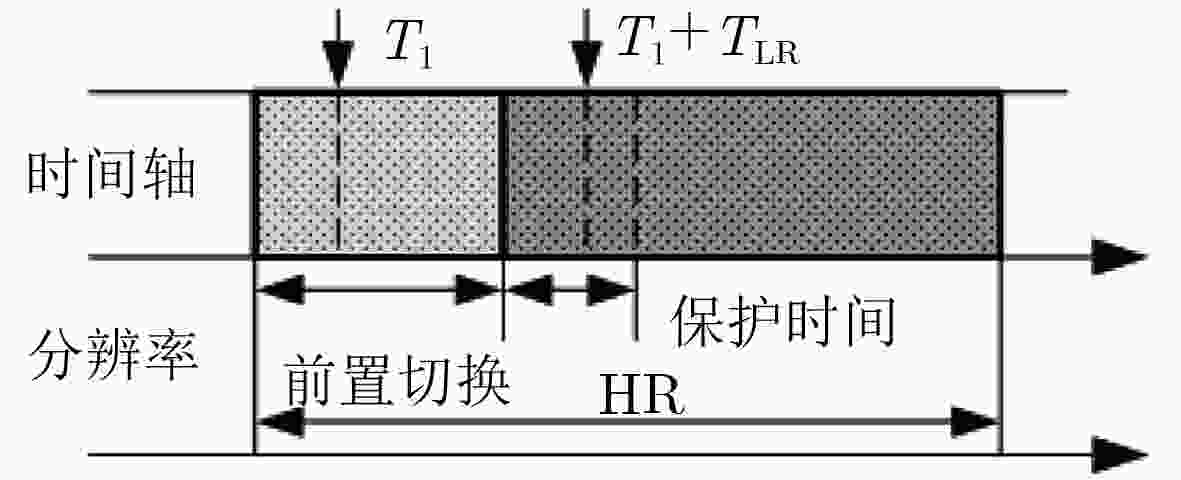
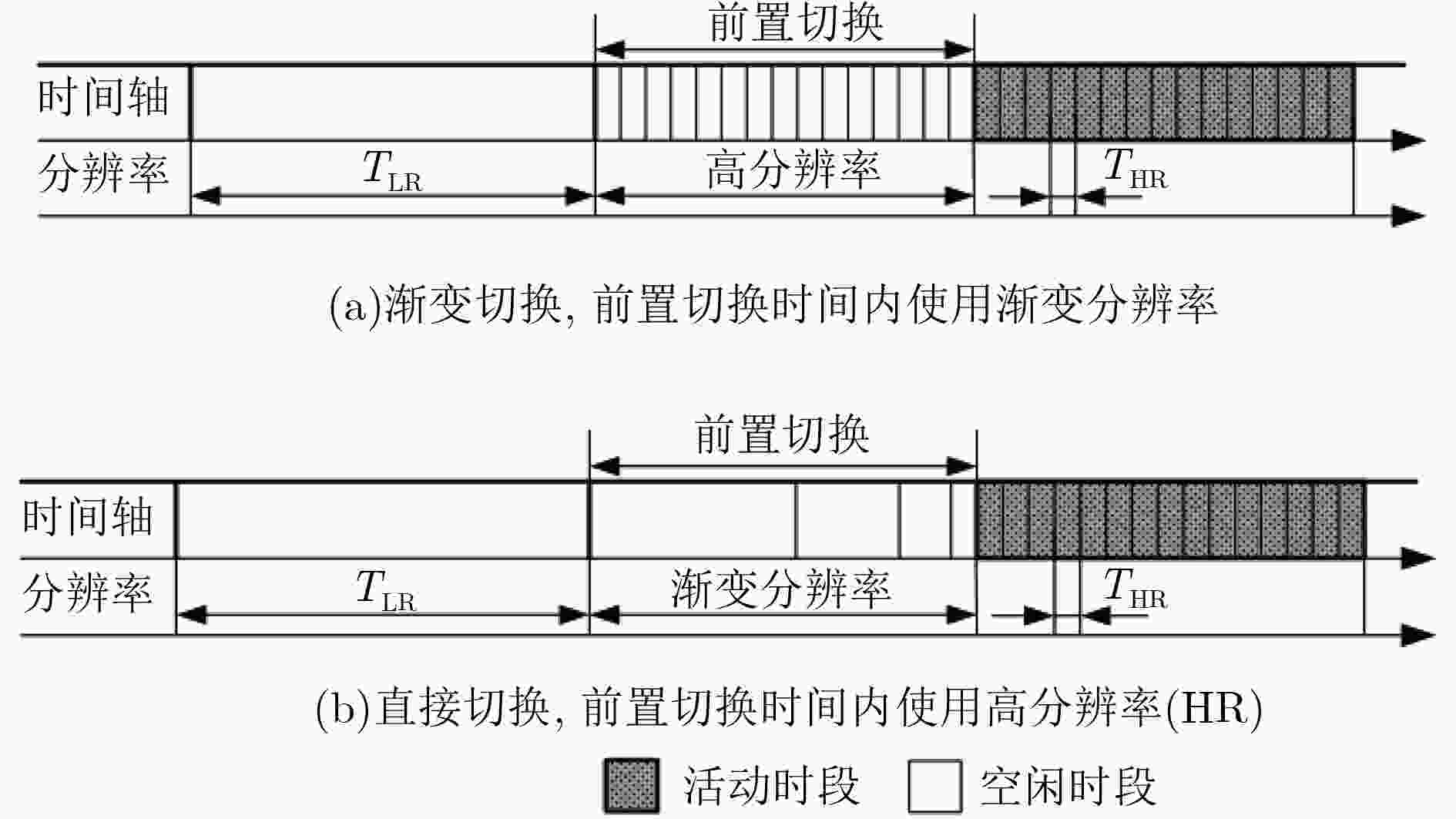
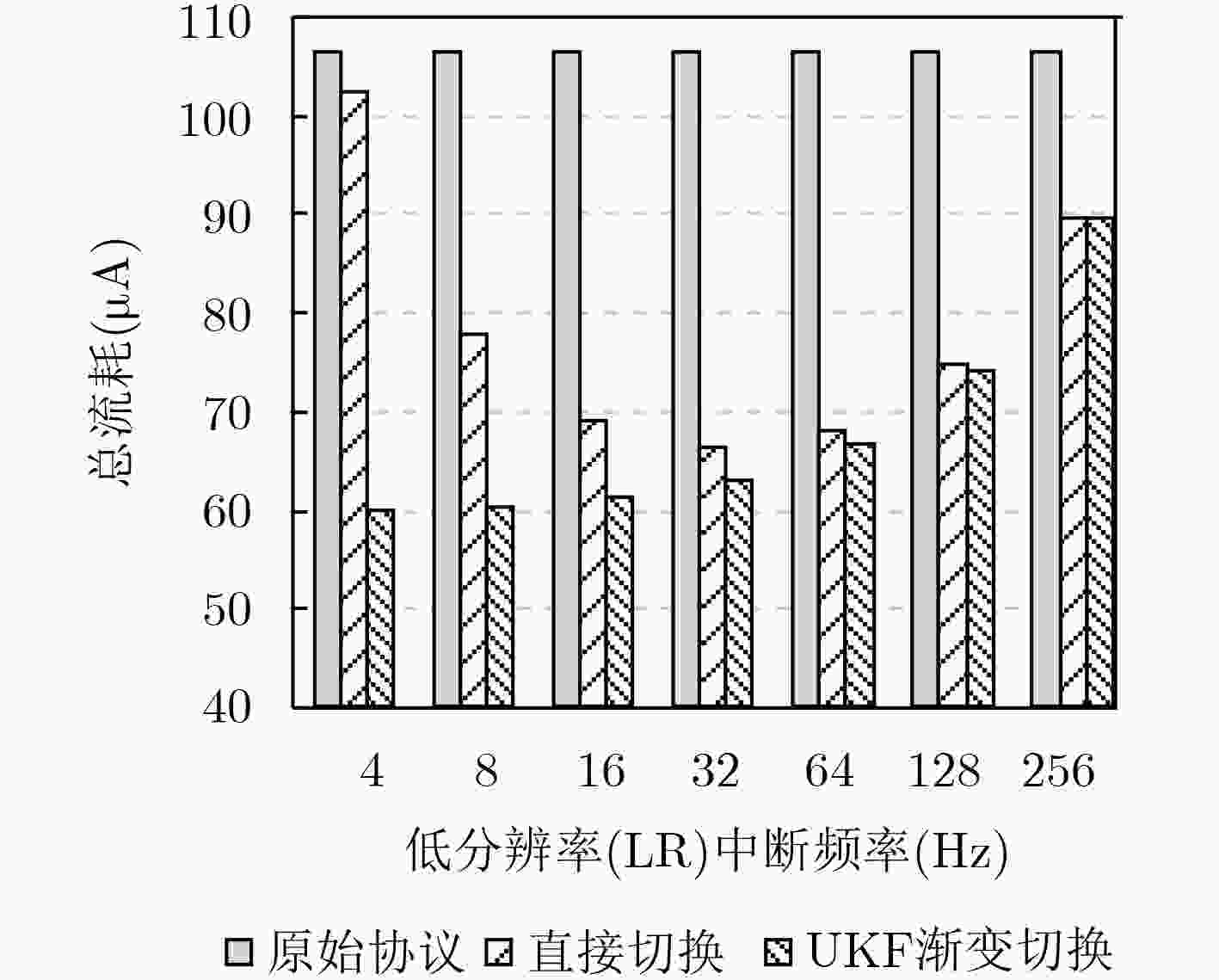
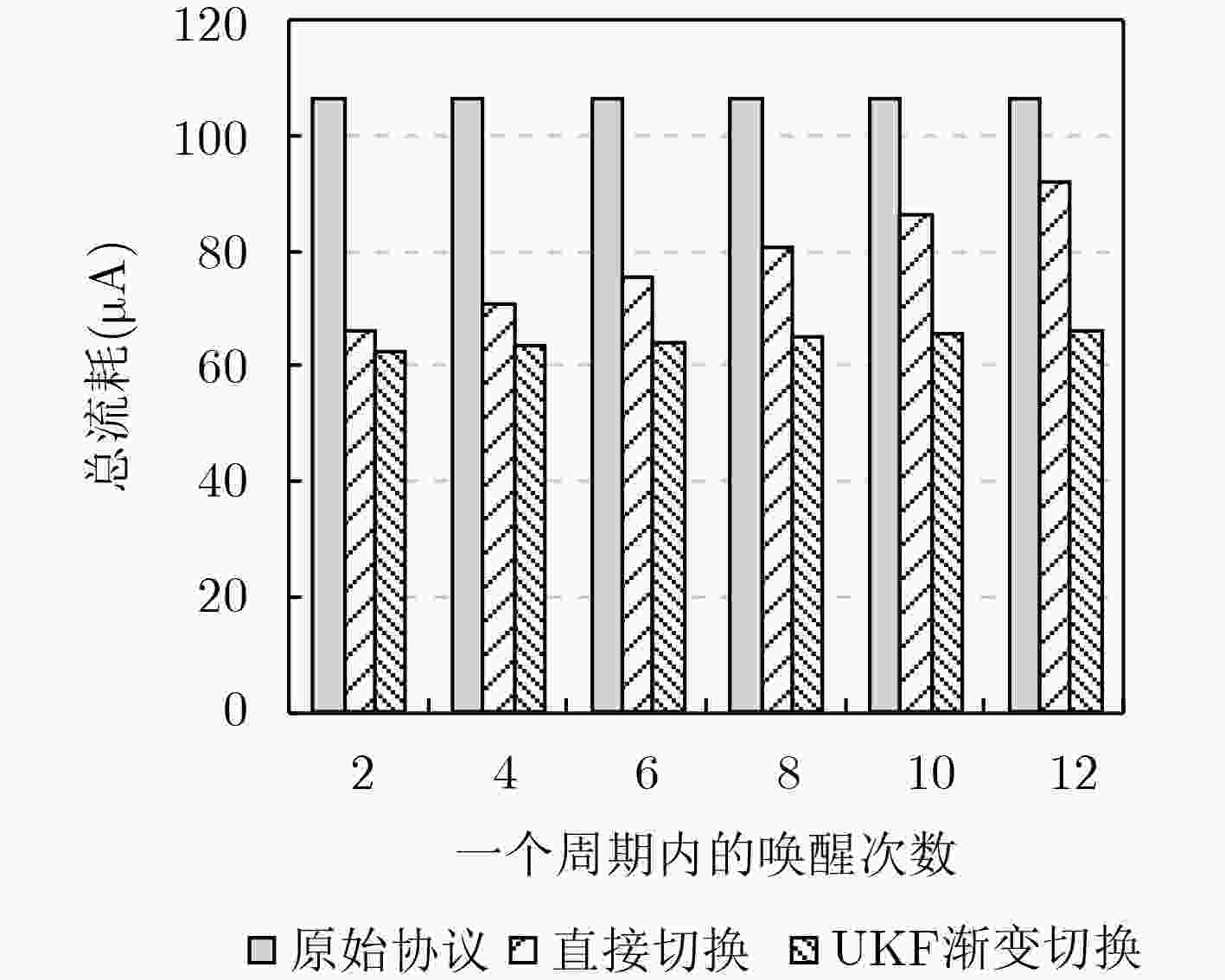
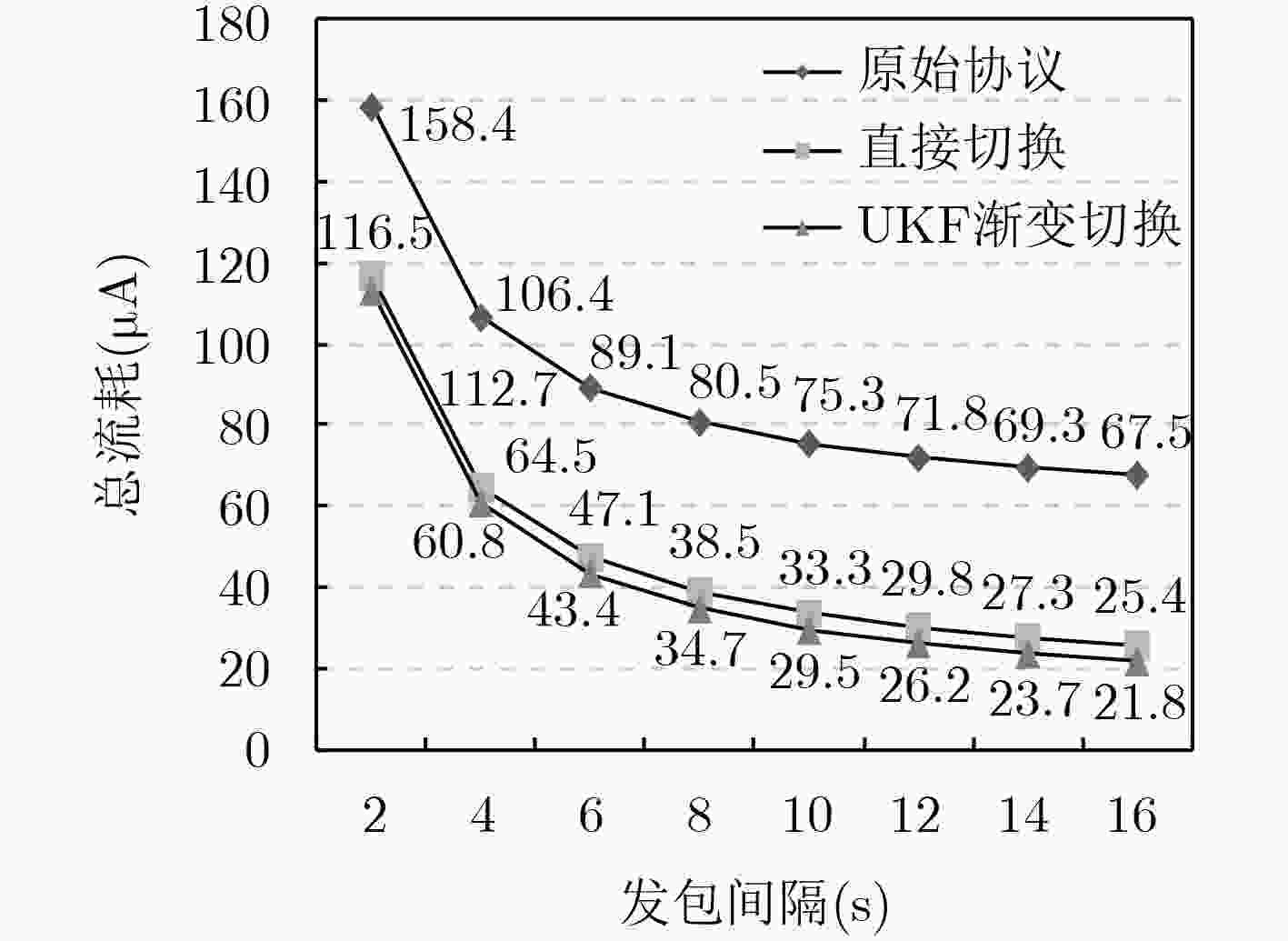
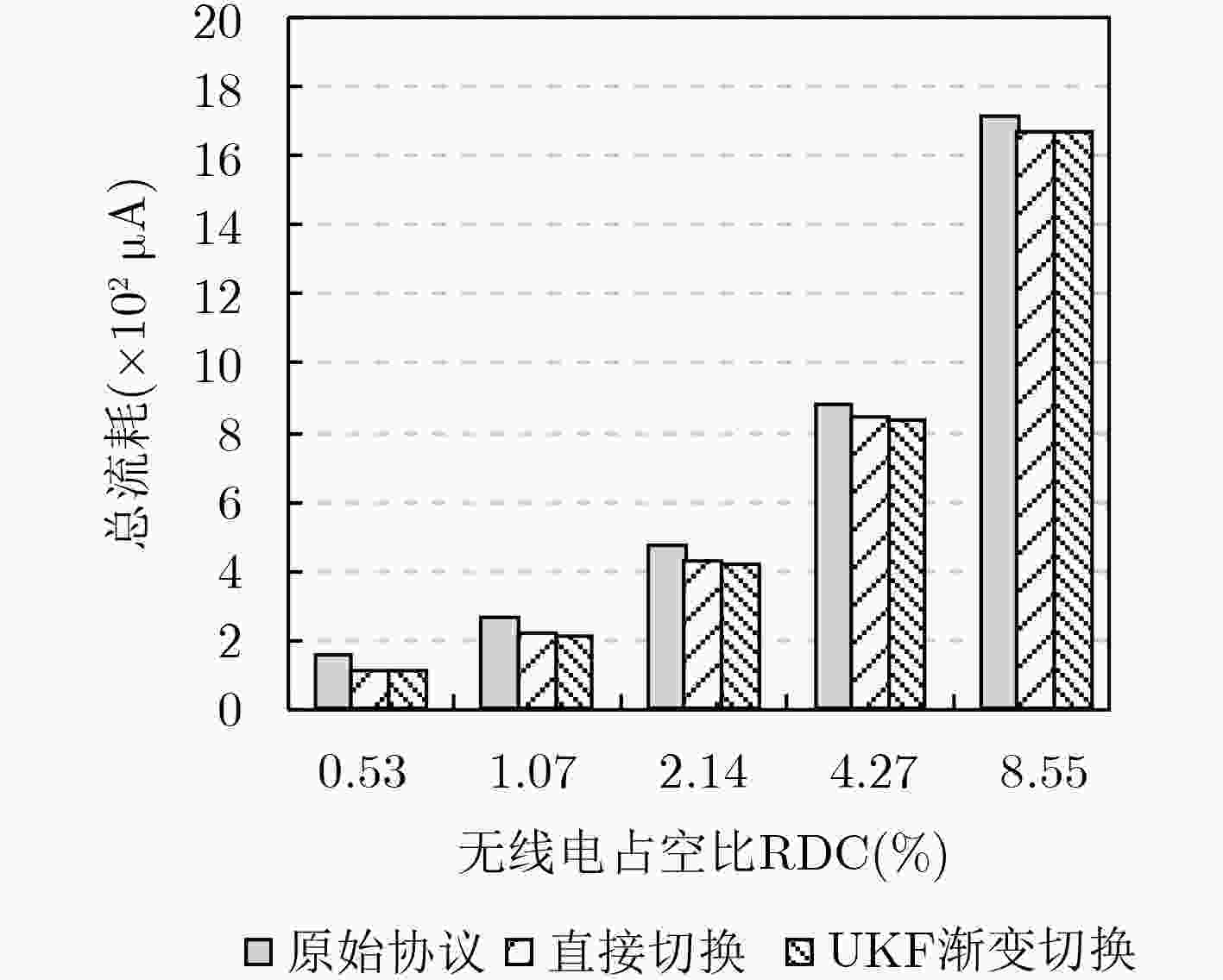


 下载:
下载:
